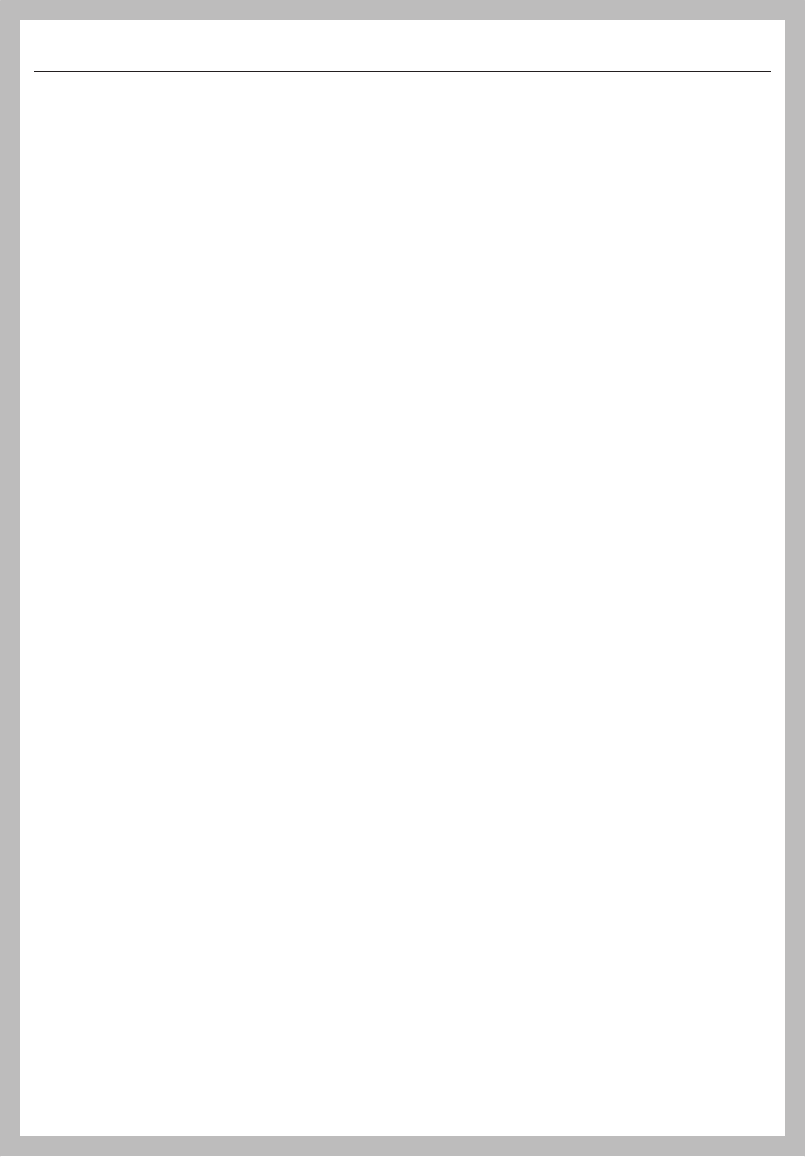
IMPORTANT SAFETY INSTRUCTIONS
10
Proper installation
W
ARNING: TO REDUCE THE RISK OF FIRE, ELECTRIC SHOCK,
OR INJURY TO PERSONS, OBSERVE THE FOLLOWING:
– a) Installation work and electrical wiring must be done by quali‐
fied person(s) in accor
dance with all applicable codes and stand‐
ards, including fire-rated construction.
– b) Sufficient air is needed for combustion and exhausting of gas‐
es thr
ough the flue (chimney of fuel burning equipment to prevent
back drafting. Follow the heating equipment manufacturer’s
guideline and safety standards such as those published by the
National Fire Protection Association (NFPA) and the American So‐
ciety for Heating, Refrigeration and Air Conditioning Engineers
(ASHRAE), and the local code authorities.
– c) When cutting or drilling into the wall or ceiling, do not damage
electrical wiring and other hidden utilities.
– d) Ducted hoods must always be vented to the outdoors.
– e) Do not use this hood with any solid-state speed control device.
T
o determine whether a ventilation hood may be operated above
your cooking appliance, please refer to the information provided by
the appliance's manufacturer.
Safety r
egulations prohibit the installation of a ventilation hood
above solid fuel stoves.
Insufficient distance between the cooking appliance and the ven‐
tilatio
n hood can result in damage to the hood.
The minimum safety distances between the appliance and the bot‐
tom of the ventilation hood specified in the "Installation" section
must be maintained, unless the appliance's manufacturer has indi‐
cated that a greater distance is required.
If more than one cooking appliance is used beneath the ventilation
hood, and if different minimum safety distances apply for these ap‐
pliances, you should use the greater distance.


















